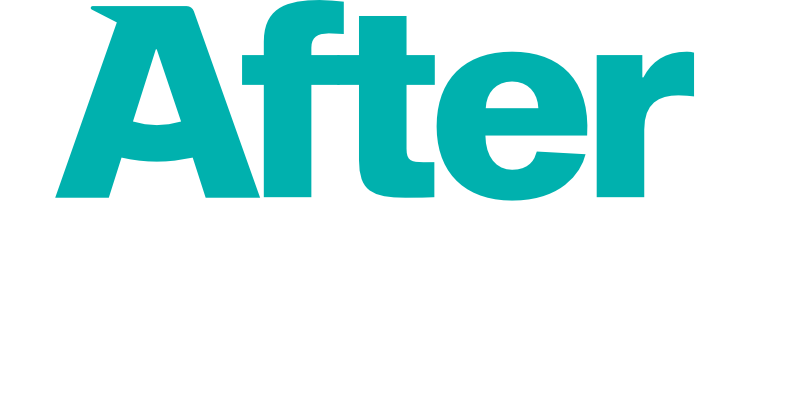Anatomy of Brand Consistency
For many small business owners, creating a logo might seem like a simple task—just pick a symbol, add your business name, and choose a color, right? Not quite.
A logo is often the first thing people see when they come across your business. It needs to make a strong, positive impression. That’s why designing a logo is much more than just making something that looks nice. It’s a thoughtful process that requires creativity, strategy, and experience.
This article will walk you through the logo design process, explain the different types of logos, and help you understand why hiring an experienced designer is one of the best investments you can make for your brand.
What Is a Logo and Why Is It Important?
A logo is a visual symbol that represents your business. It's what people often recognize first and remember most.
A good logo:
Builds trust and professionalism
Differentiates you from competitors
Reflects your brand values and personality
Works well across all types of materials (website, packaging, uniforms, signage, etc.)
The Logo Design Process (Step-by-Step)
Creating an effective logo takes more than just graphic skills—it follows a structured process that ensures the final result is both meaningful and functional.
1. Research & Discovery
The designer starts by learning about your business, industry, target audience, and competitors. They may ask questions like:
What does your business do?
What makes you different?
Who are your customers?
What message do you want to send?
This stage sets the foundation for creating a logo that reflects your brand’s identity.
2. Concept Development
Based on the research, the designer begins sketching ideas and exploring different directions. This is where creativity meets strategy. Several concepts may be explored before narrowing down to the strongest ones.
3. Design & Refinement
The best concepts are brought to life using design software. Designers work on:
Typography (font style)
Color palettes
Shapes and icons
Overall composition
Multiple versions may be created to test how the logo performs in different sizes and formats.
4. Feedback & Revisions
You’ll review the concepts and give feedback. A professional designer knows how to take your thoughts and refine the design without losing its effectiveness.
5. Finalization
Once approved, the final logo is prepared in multiple formats and variations (color, black-and-white, simplified version) for use across print, digital, and merchandise.
6. Delivery of Logo Files
You’ll receive high-quality files (such as SVG, PNG, EPS, JPEG) and guidance on how to use your logo properly to keep your brand consistent.
Types of Logos
There are several types of logos, each with a different style and use. A good designer will recommend the one that suits your business best.
Wordmark (Logotype)
– Uses the business name in a unique font or style
– Example: Google, Coca-ColaLettermark (Monogram)
– Initials or abbreviation used as logo
– Example: IBM, CNNIcon or Symbol (Brandmark)
– A graphic symbol with no text
– Example: Apple, TwitterCombination Mark
– Combines text and symbol/icon
– Example: Adidas, Burger KingEmblem
– Text inside a symbol or shape
– Often traditional or official looking
– Example: Starbucks, Harley-DavidsonMascot
– A character or illustrated figure representing the brand
– Example: KFC’s Colonel Sanders, Michelin Man
Why Work with an Experienced Logo Designer?
Designing a logo isn’t just about looks. It’s about creating a functional, memorable, and meaningful brand asset. Here’s why a professional makes all the difference:
Strategic Thinking
Experienced designers understand branding, audience psychology, and market trends. They design with purpose, not guesswork.
Visual Balance & Technical Precision
Logos must be balanced, legible, and scalable. Designers ensure your logo works on everything from a billboard to a business card.
Originality
Professionals avoid generic designs and create something unique that truly represents you—not a copy of something else.
Versatility
A good designer provides logo variations that work across platforms, backgrounds, and formats.
Long-Term Value
You’ll avoid costly rebranding later. A strong logo designed today can serve your business for years—or even decades.
To sum it all up, your logo is a key part of your brand. It's often the first handshake your business makes with the world. Rushing it or trying to do it yourself may save money upfront, but it could cost you credibility, clarity, and growth in the long run. An experienced designer doesn’t just make your logo look good—they make it work for your business.
If you're serious about building a strong brand, investing in a professionally designed logo is one of the smartest decisions you can make.

